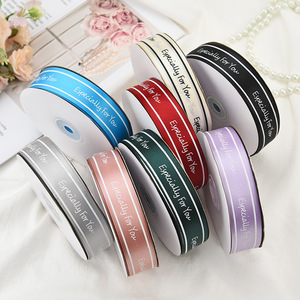(13585 उत्पाद उपलब्ध हैं)




















































































































































































































पीओ उच्च गुणवत्ता वाले रंग सैटिन का दूरगामी संग्रह प्रदान करता है। उद्योग के प्रमुख मूल्यों पर। वे सुपर स्टाइलिश, फैशनेबल, फैशनेबल और सभी प्रकार के कपड़ों के लिए उपयुक्त हैं। सबसे अधिक मांग वाले कपड़े कपास, पॉलिएस्टर और यार्न रंगे कपड़े हैं। रंग सैटिन। कई डिजाइन, पैटर्न, रंग और प्रिंट में उपलब्ध हैं जो प्रकृति में आश्चर्यजनक हैं। आरामदायक नरम कपड़े लाउंज पहनने के लिए एकदम सही हैं।
प्रभावशाली रंग सैटिन के बड़े संग्रह का अन्वेषण करें। अद्वितीय प्रिंट, डिजाइन, सेक्विन, पैटर्न और रंगों के साथ उपलब्ध है। कपड़े अल्ट्रा-सॉफ्ट मटेरियल जैसे कॉटन से लेकर रेयान, शिफॉन, इलास्टिक डेनिम और फलालैन फैब्रिक से लेकर विभिन्न रंगों में होते हैं। स्टाइलिश बहु-रंगीन ब्रोकेड पार्टी वियर के लिए आदर्श है क्योंकि बोल्ड रंग आसानी से खड़े हो जाते हैं। उत्पादों को उत्कृष्ट गुणवत्ता के साथ स्थायित्व सुनिश्चित करते हुए प्रीमियम गुणवत्ता वाली सामग्रियों का उपयोग करके निर्मित किया जाता है। इष्टतम प्रदर्शन सुनिश्चित करें और कम से कम पहनें। बहु-रंगीन नरम मखमल कपड़ों से मिश्रित रंगों सेक्विन कपड़े तक, सभी अवसरों के लिए एक उत्कृष्ट संग्रह प्रदान करता है। जीवंत रंगों के साथ अनुकूलित डिजाइन विशेष घटनाओं के लिए उत्कृष्ट हैं। उत्पादों पर विस्तृत जानकारी के साथ एक व्यापक सूची दुकानदारों के लिए उपलब्ध है।
रंग सैटिन के प्रभावशाली संग्रह का अन्वेषण करें। प्रतिस्पर्धी कीमतों के लिए 10. पर अद्वितीय डिजाइन और पन्नी विवरण के साथ फैशनेबल, फैशनेबल प्रिंट की प्रभावशाली रेंज का अन्वेषण करें। क्लासिकल प्लेन फैब्रिक फैब्रिक के टेक्सटाइल से लेकर पॉलिएस्टर रंगे लिनन तक, दी जाने वाली रेंज अंतहीन है। दुनिया भर में आपूर्तिकर्ताओं के साथ, सभी दुकानदारों की जरूरतों को आसानी से पूरा किया जा सकता है।